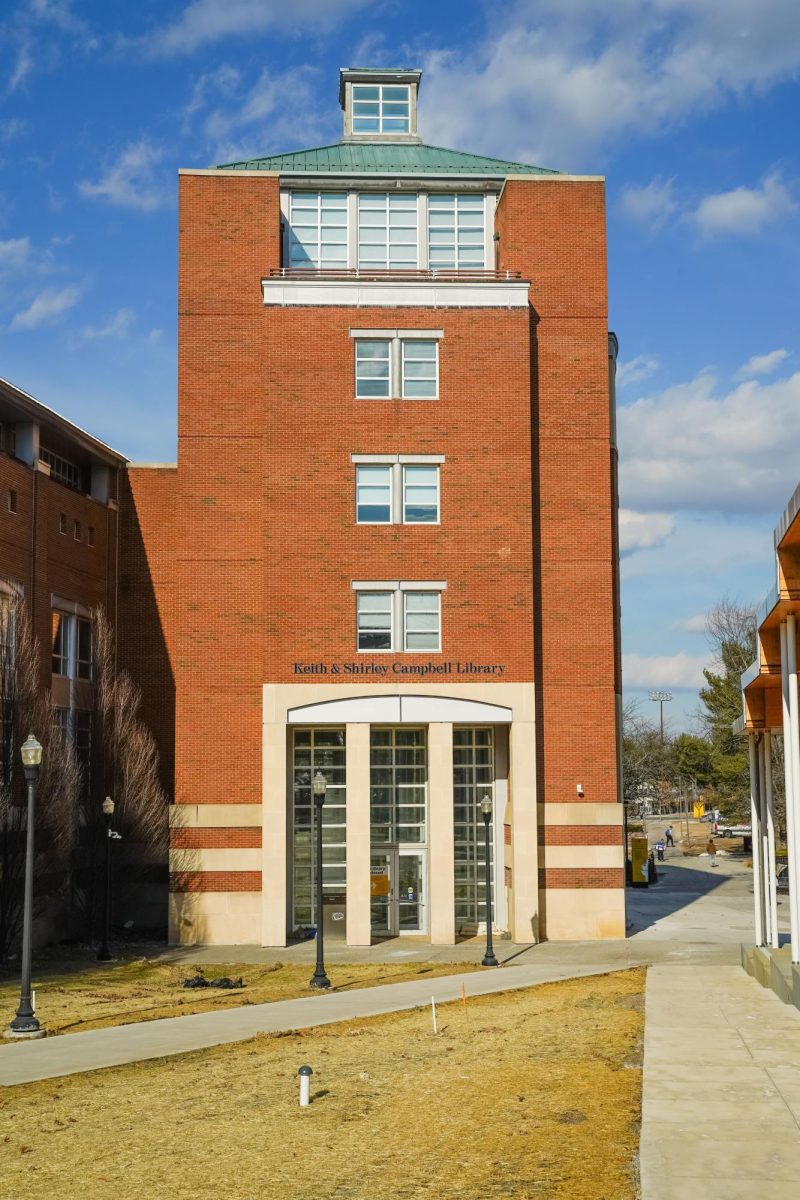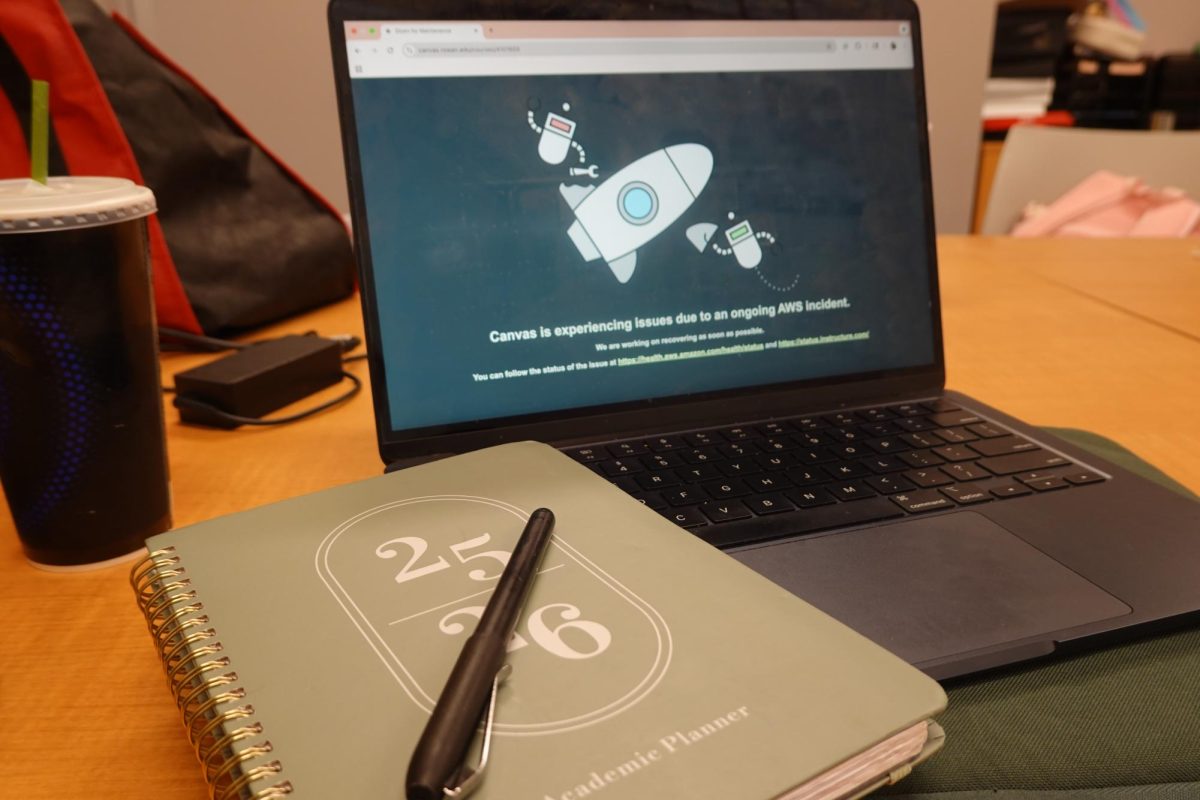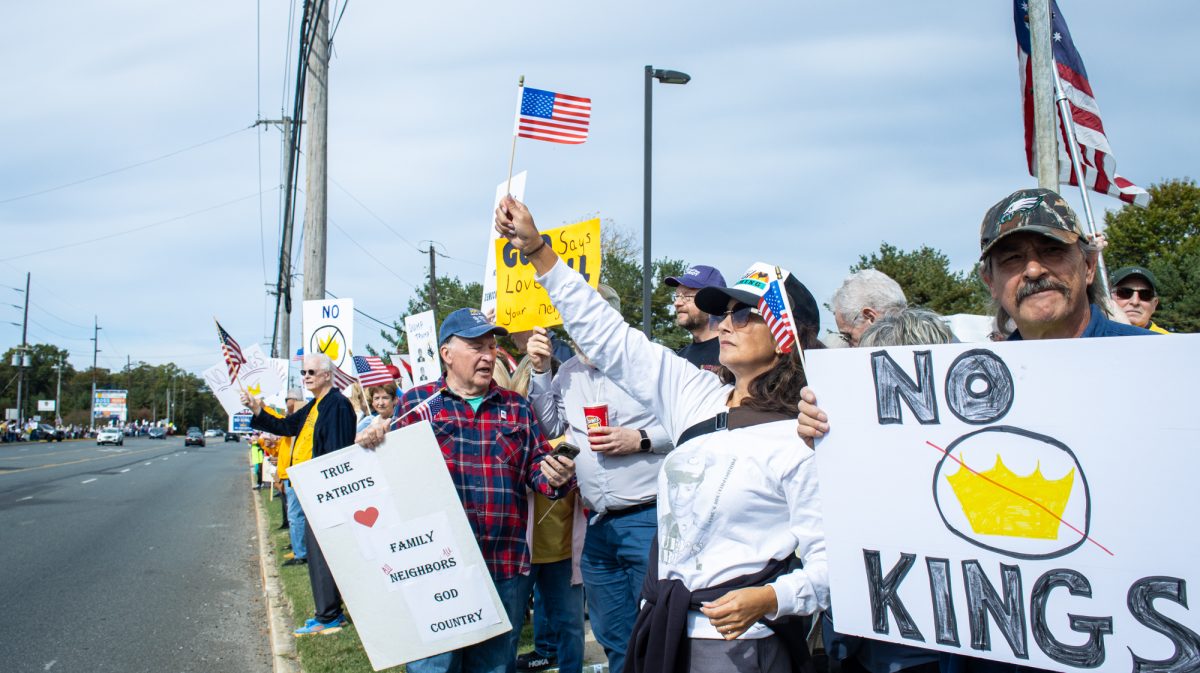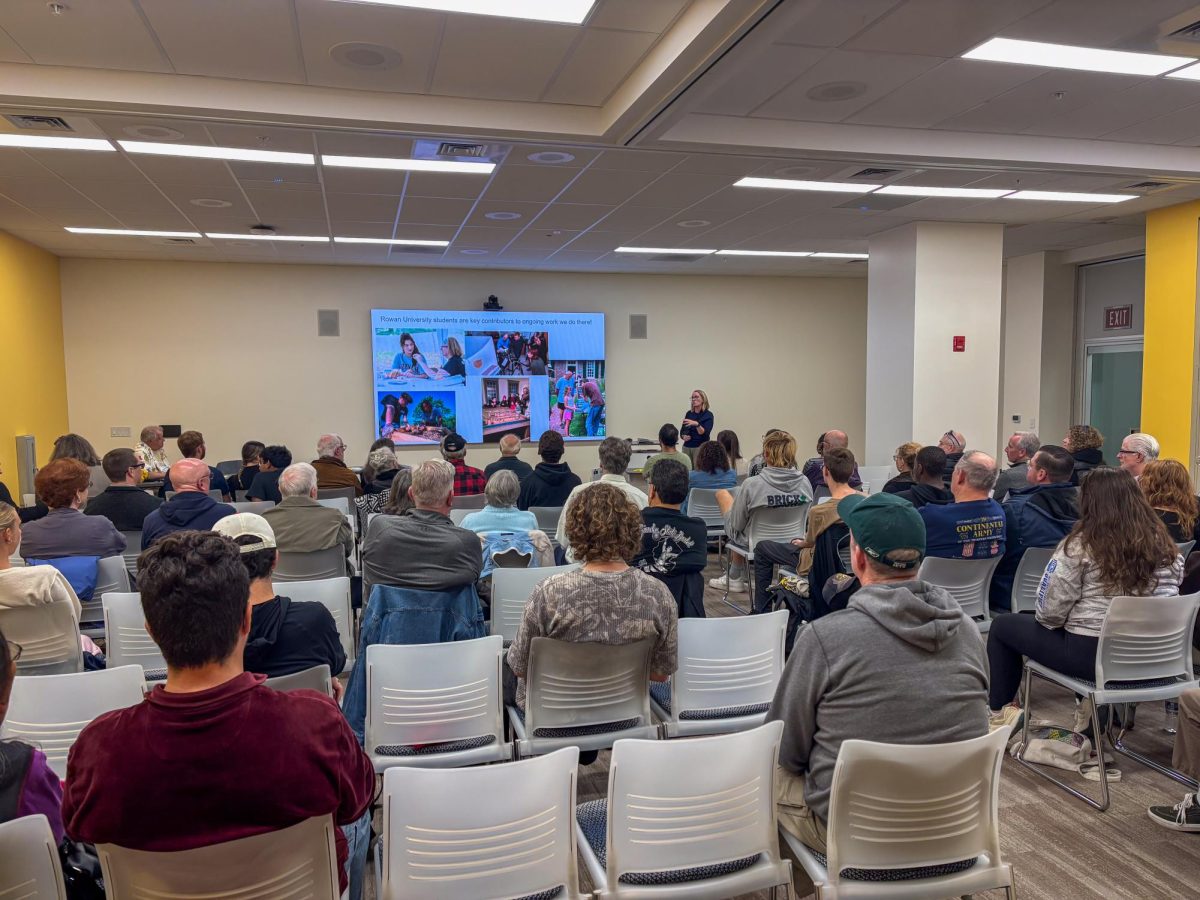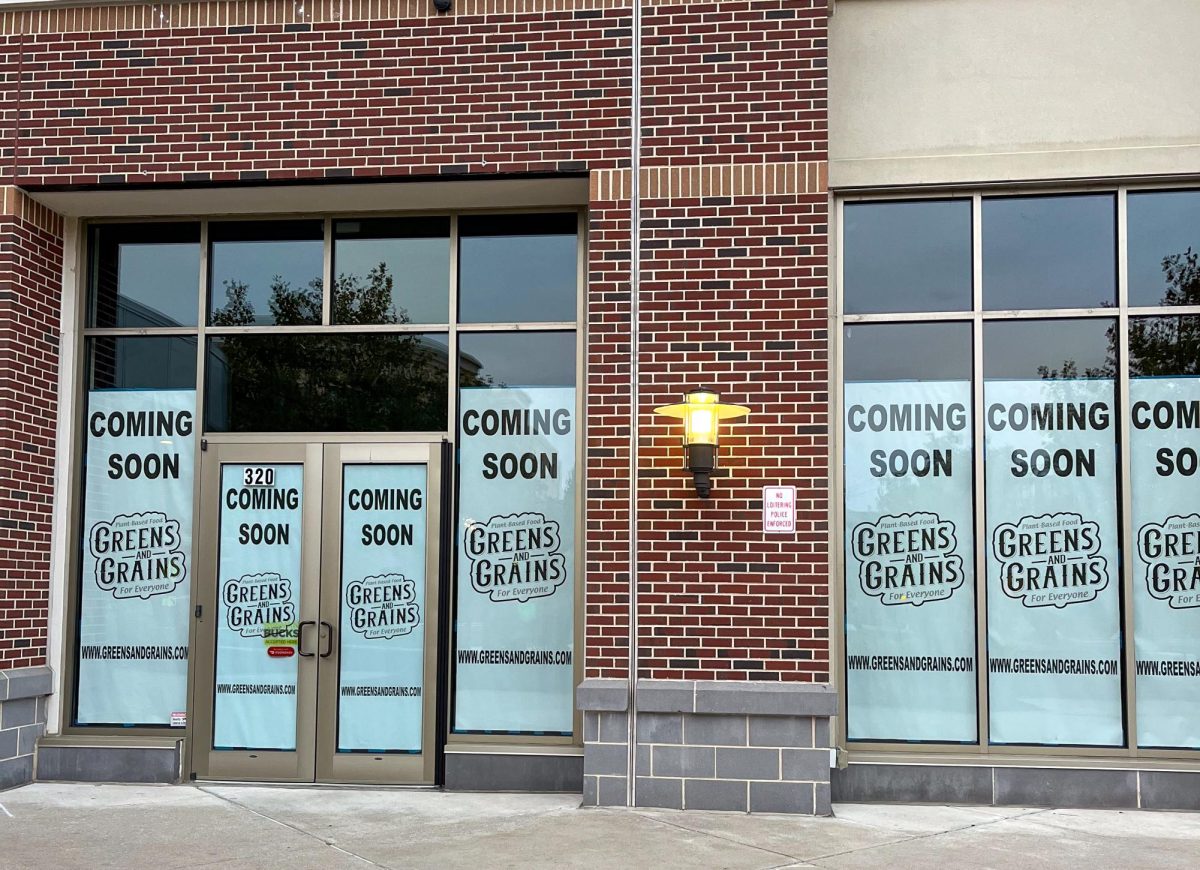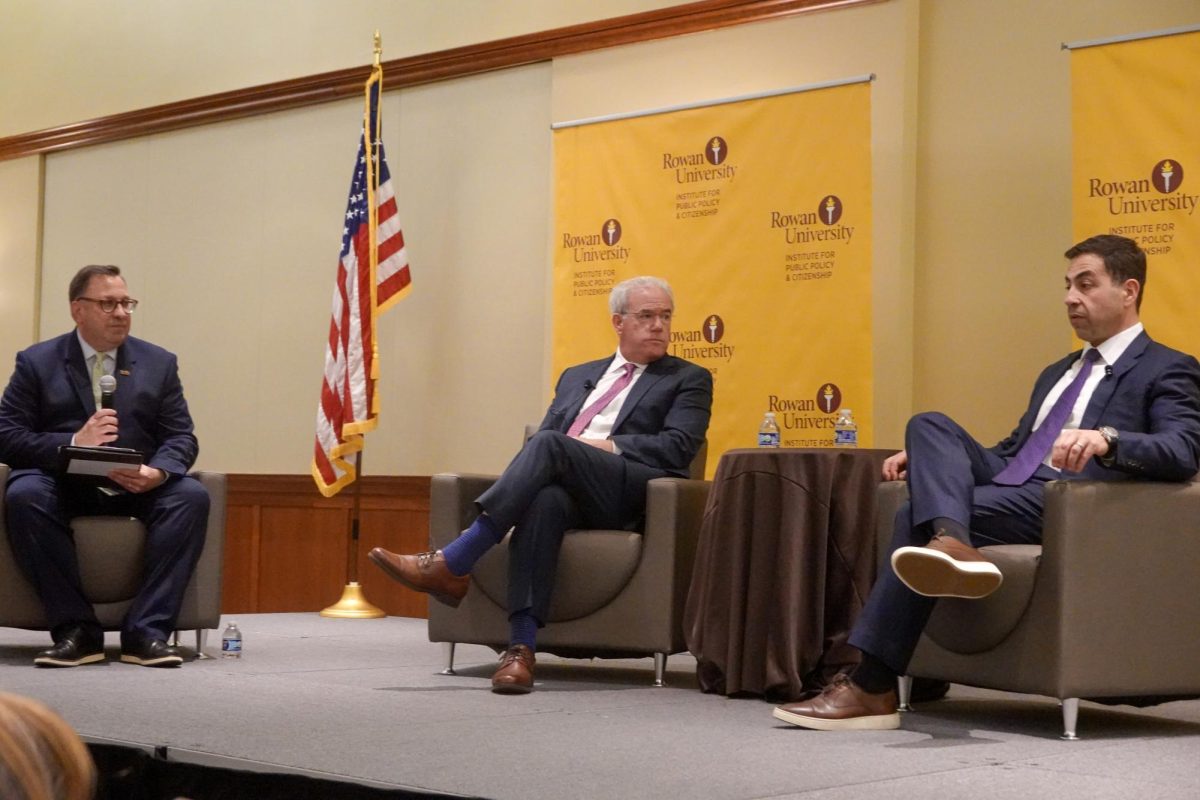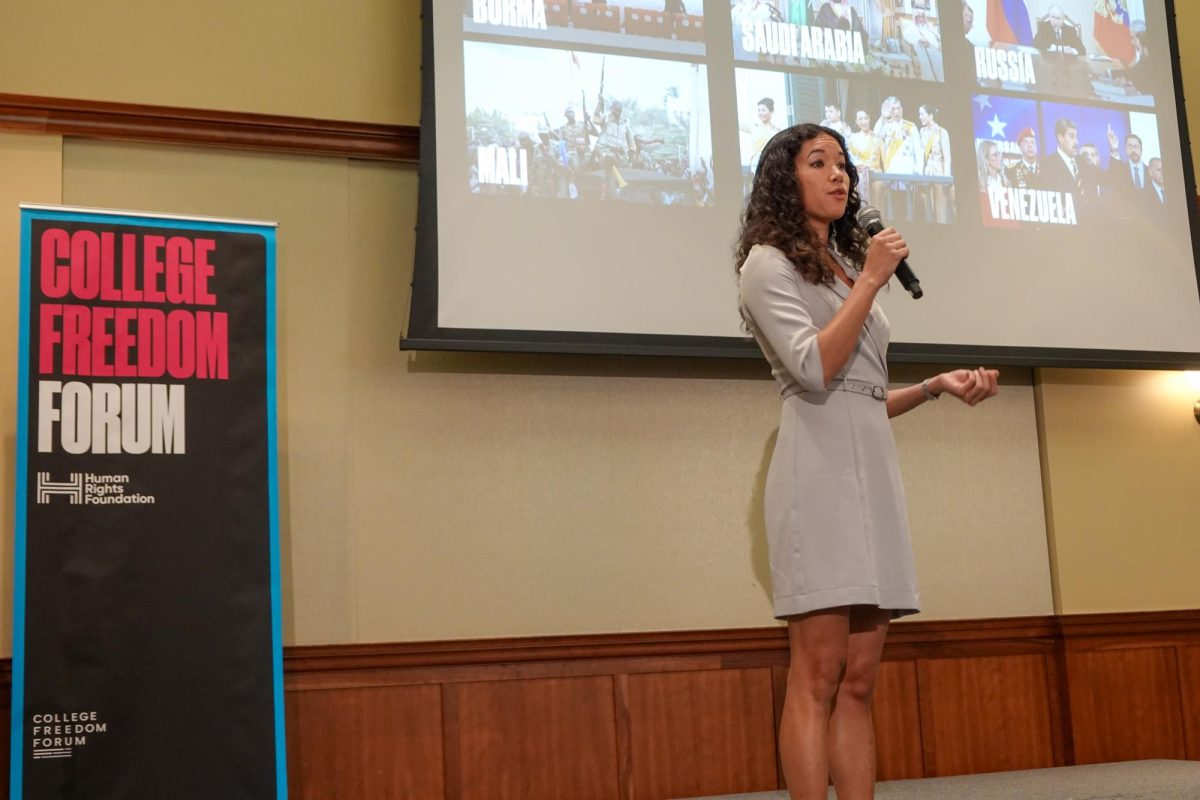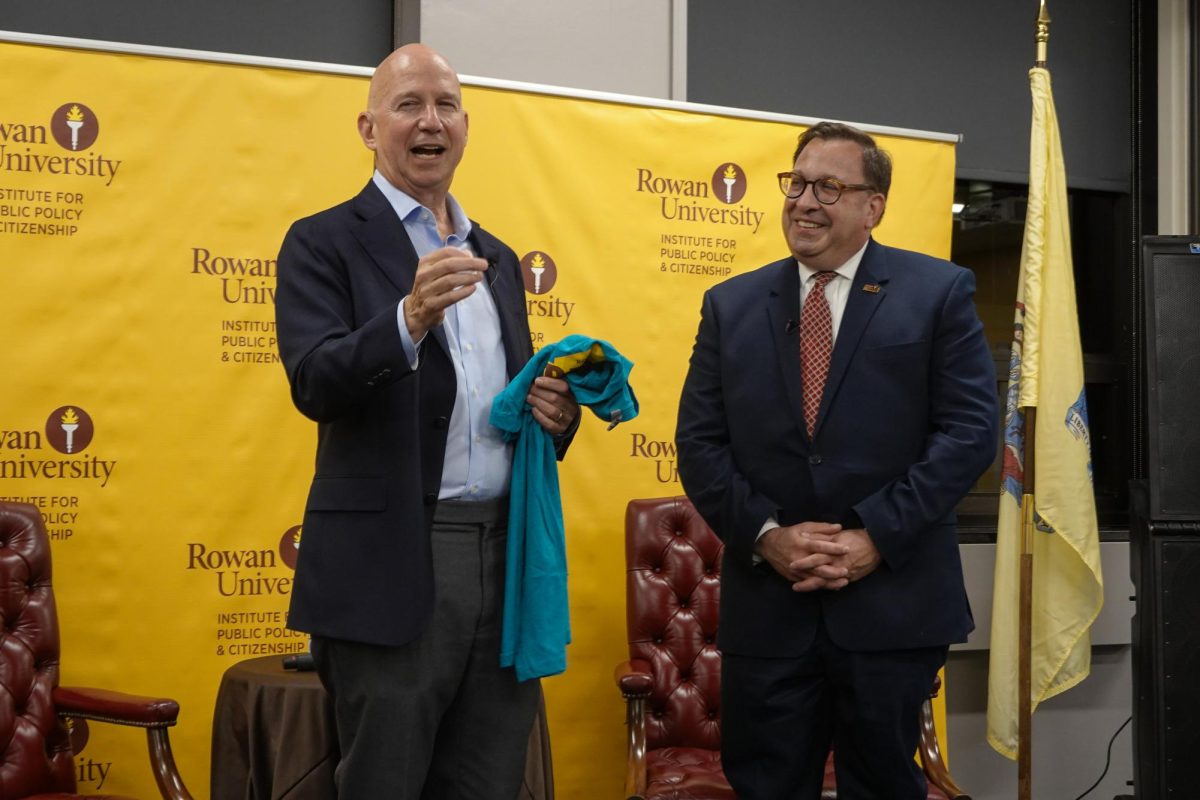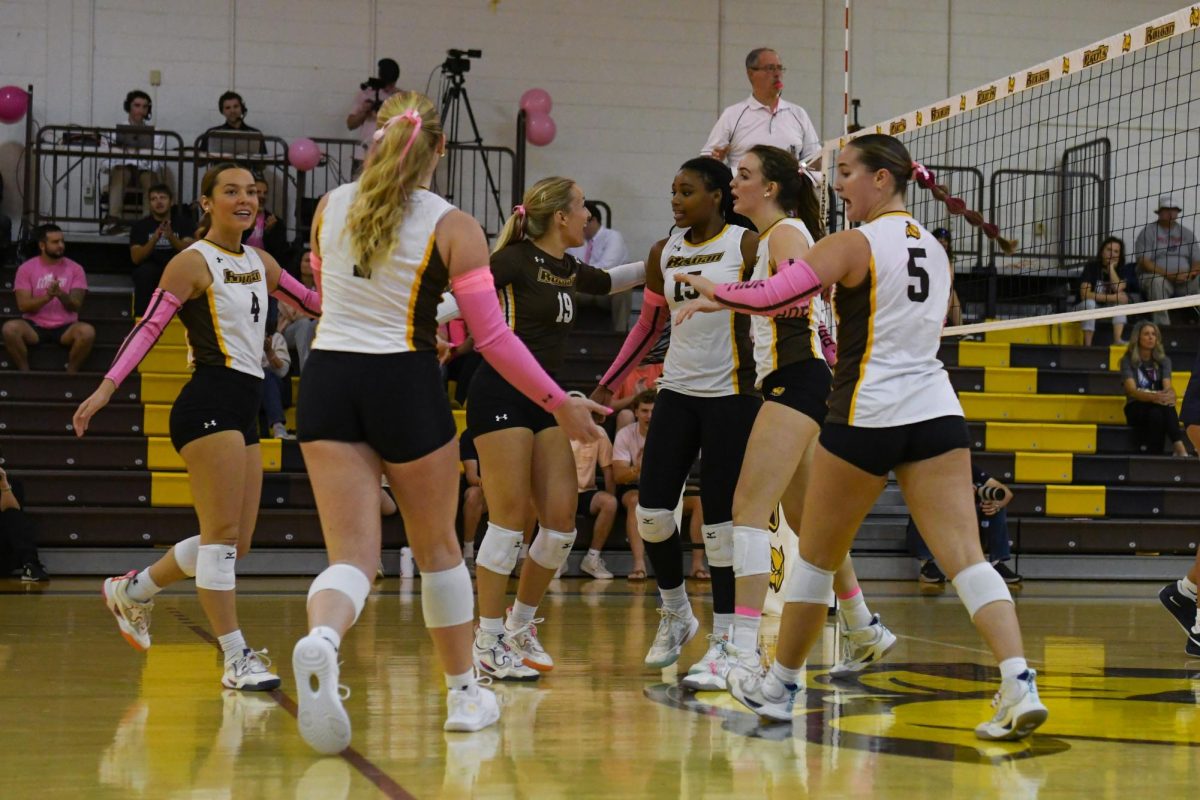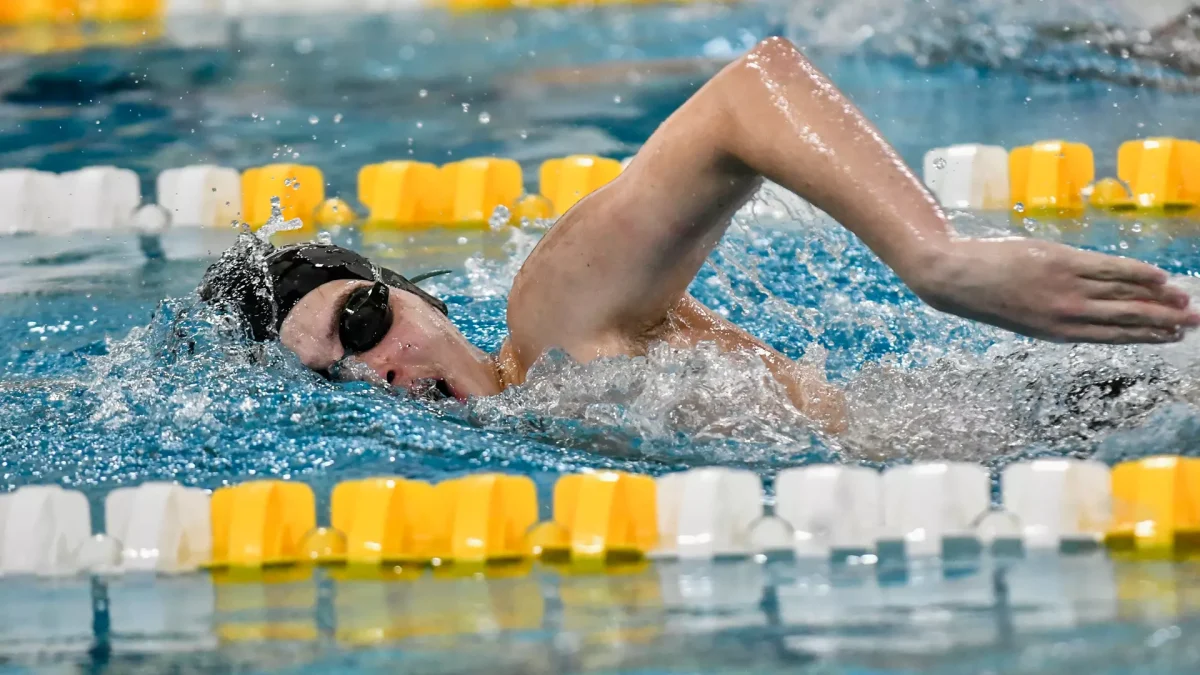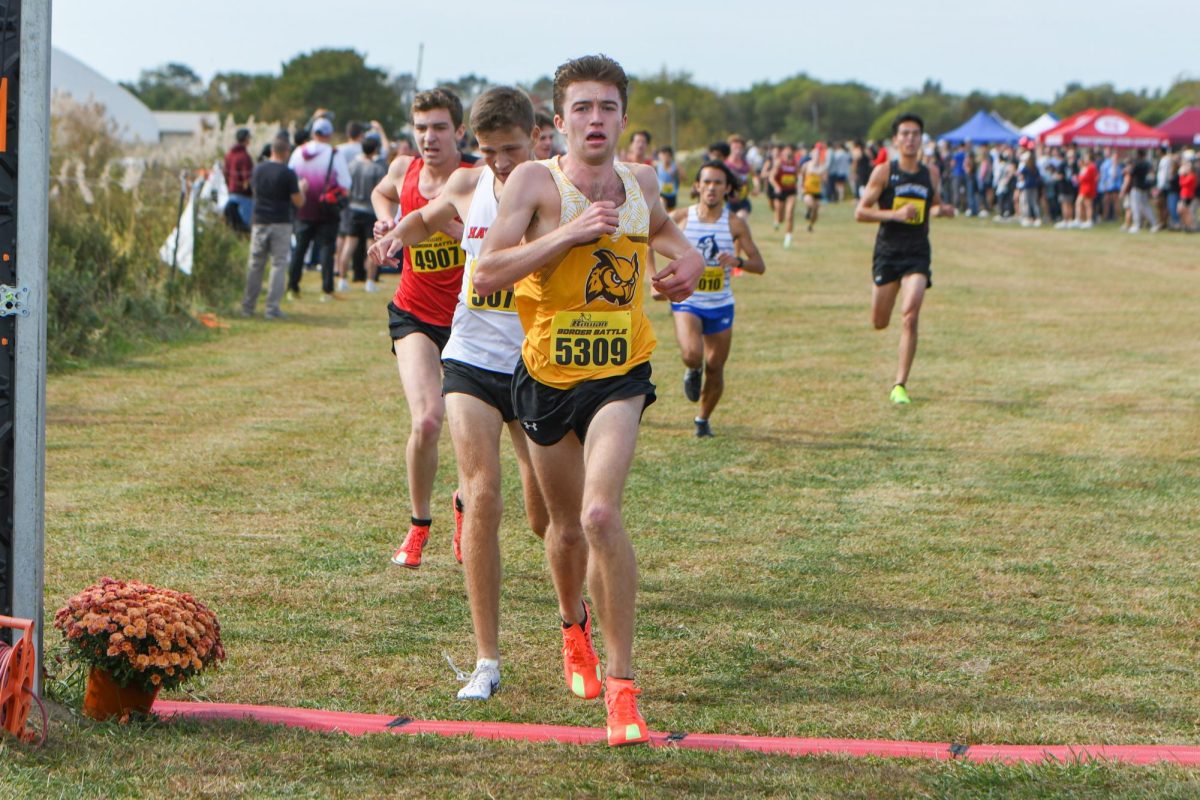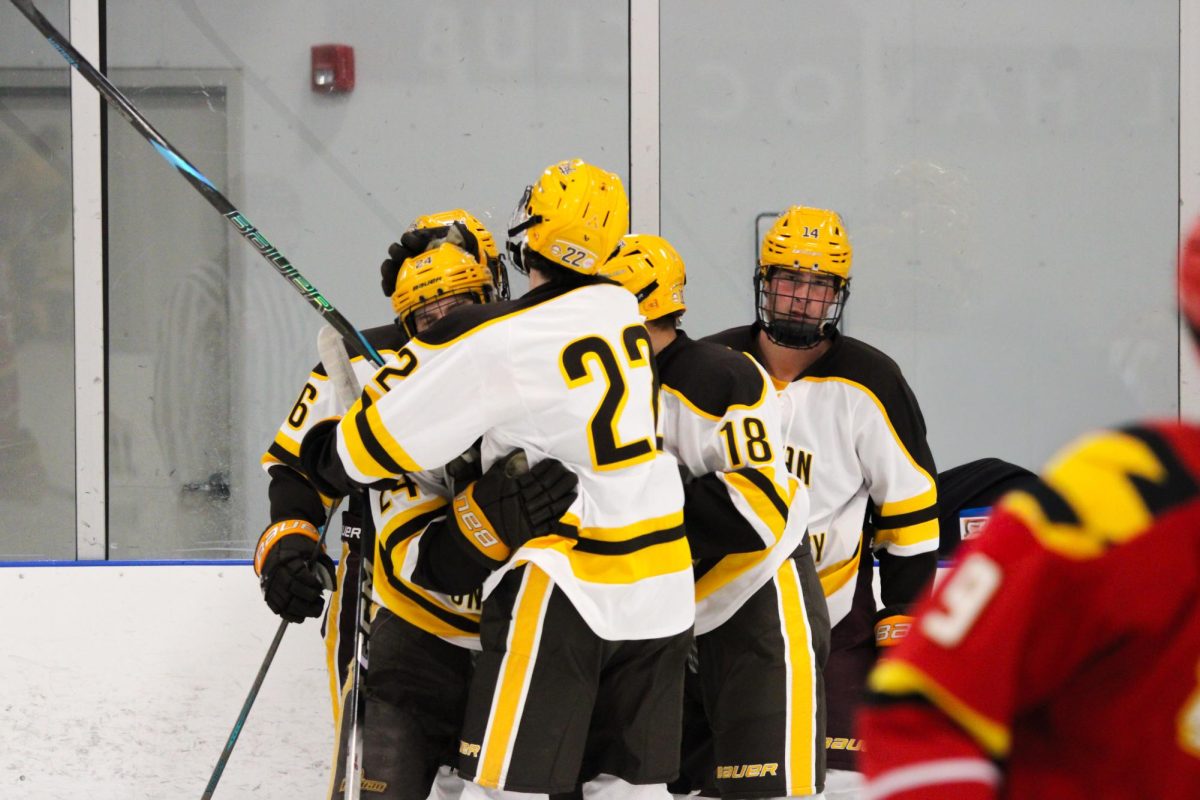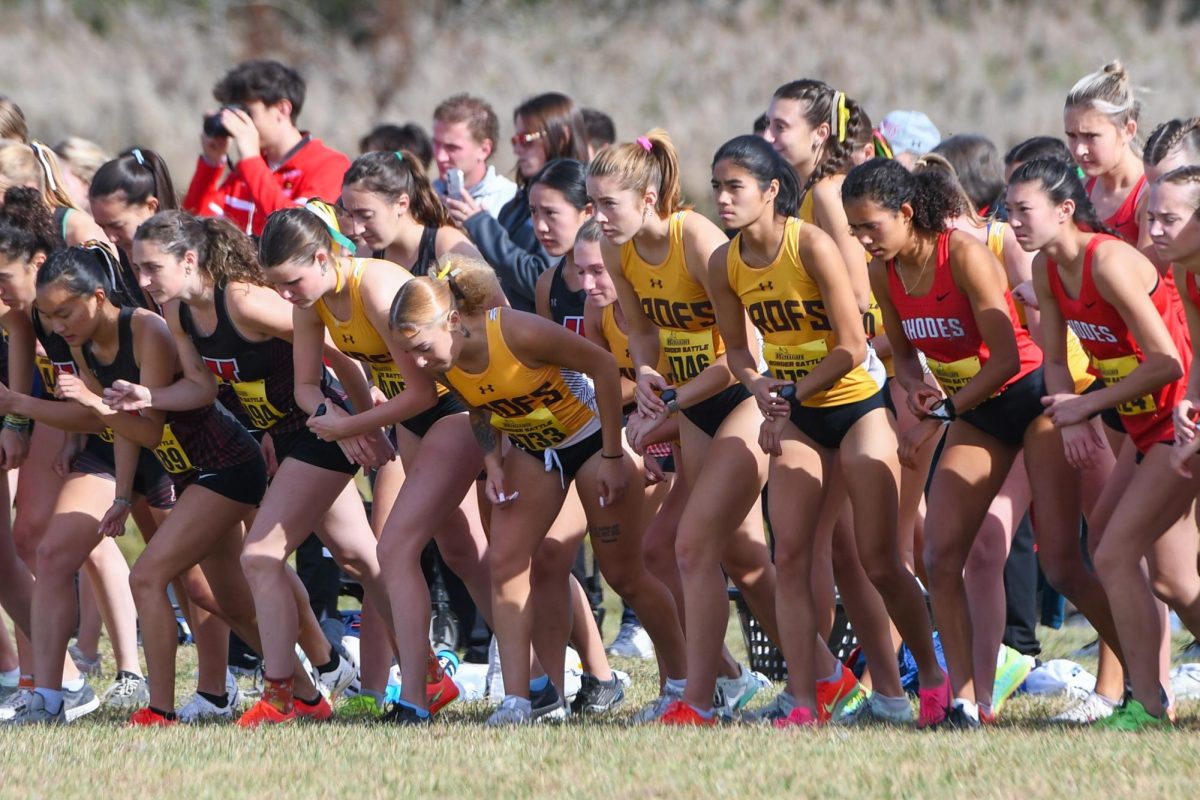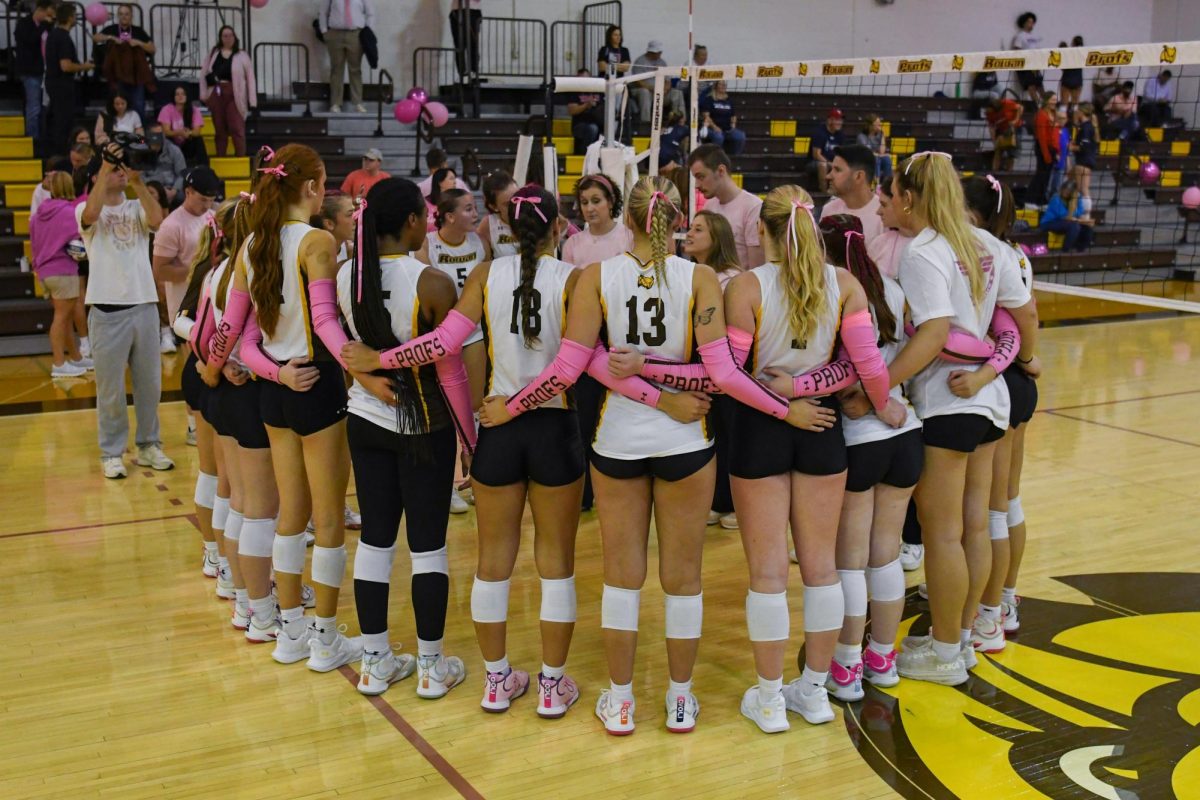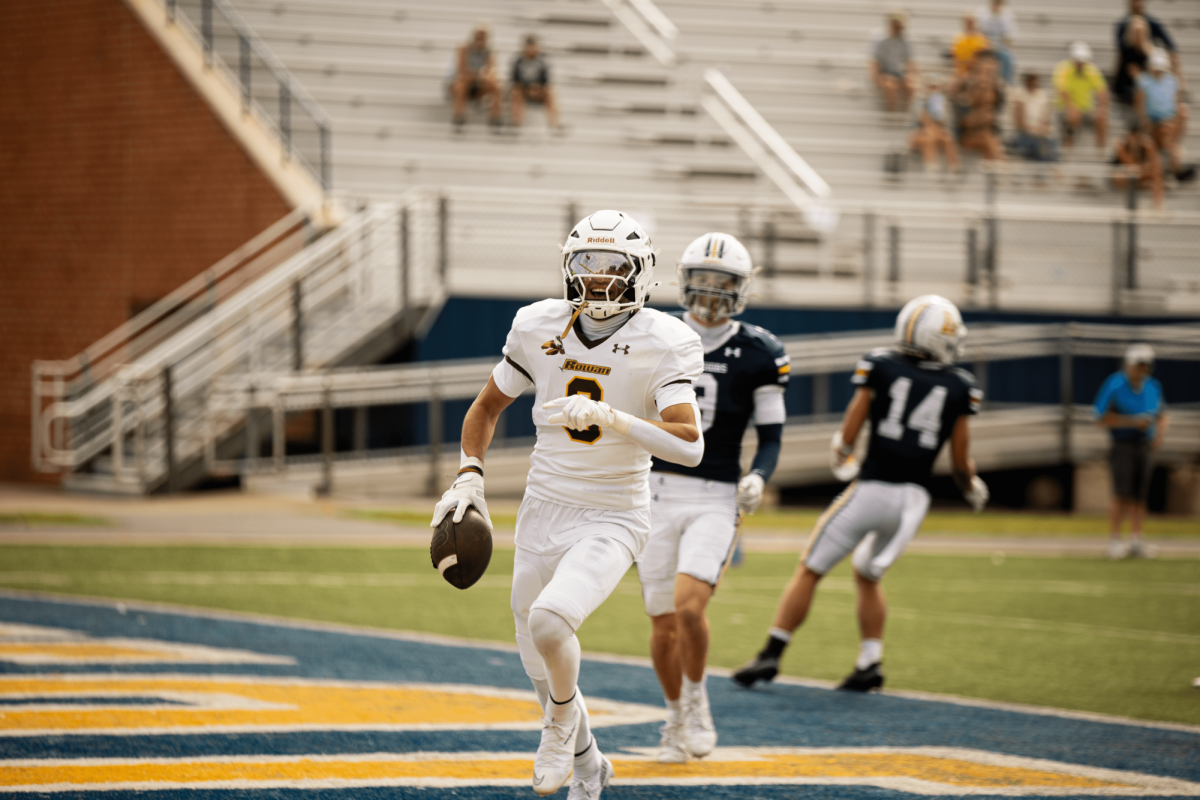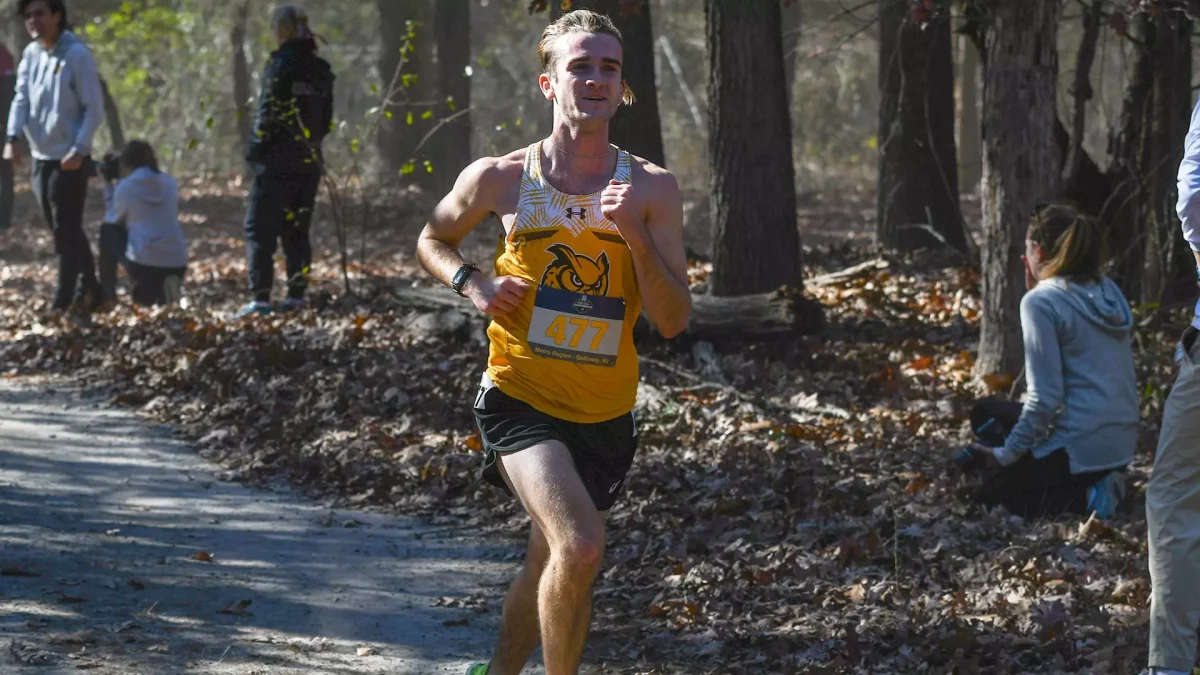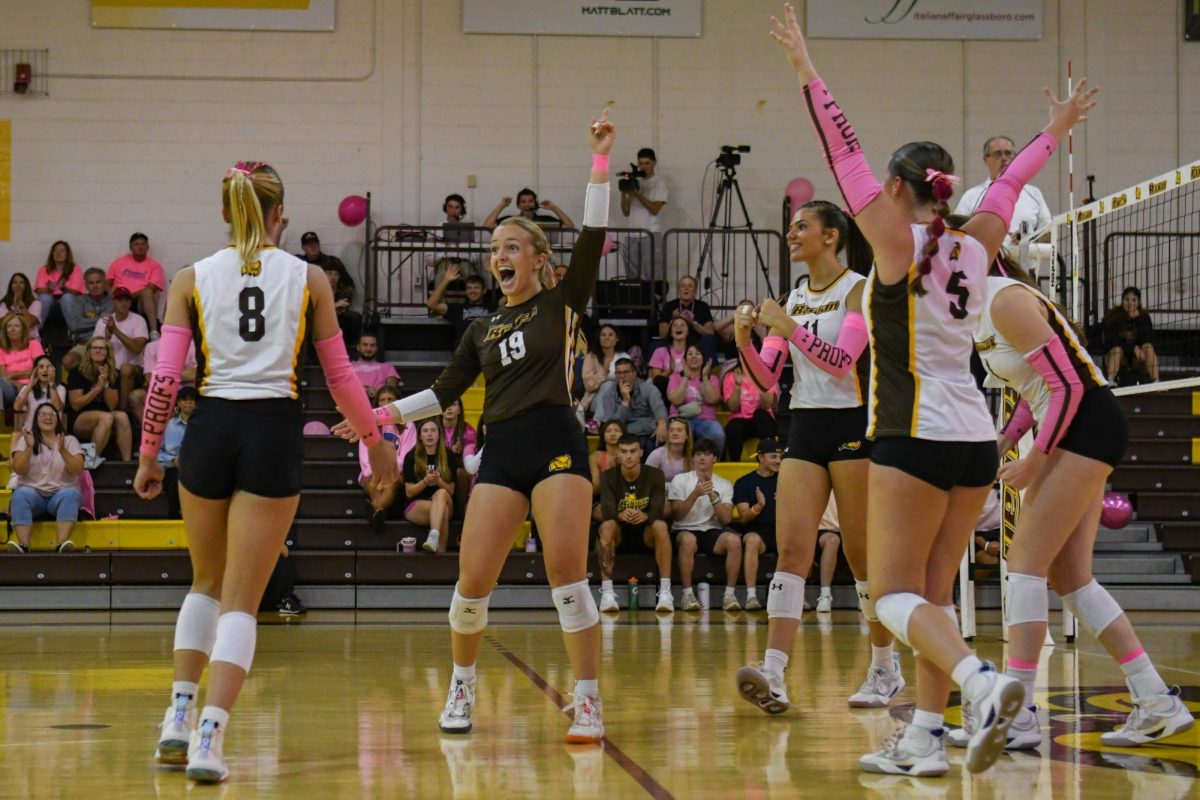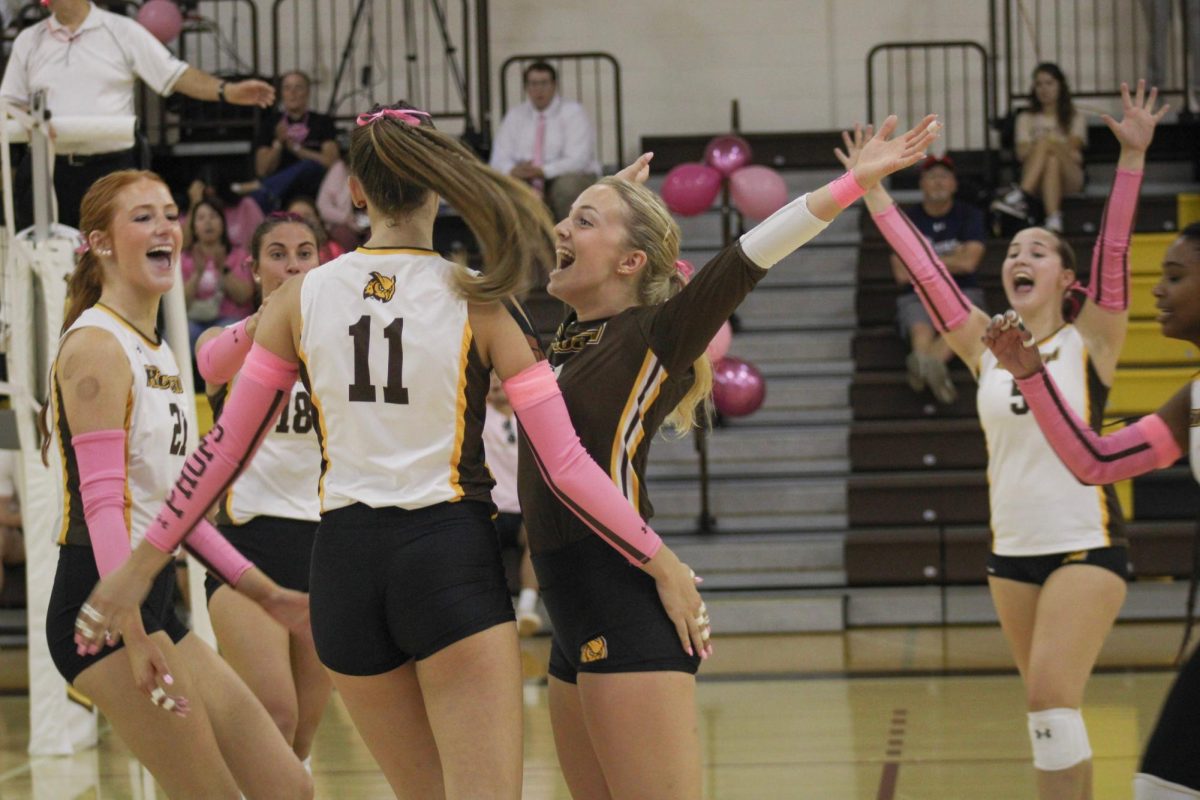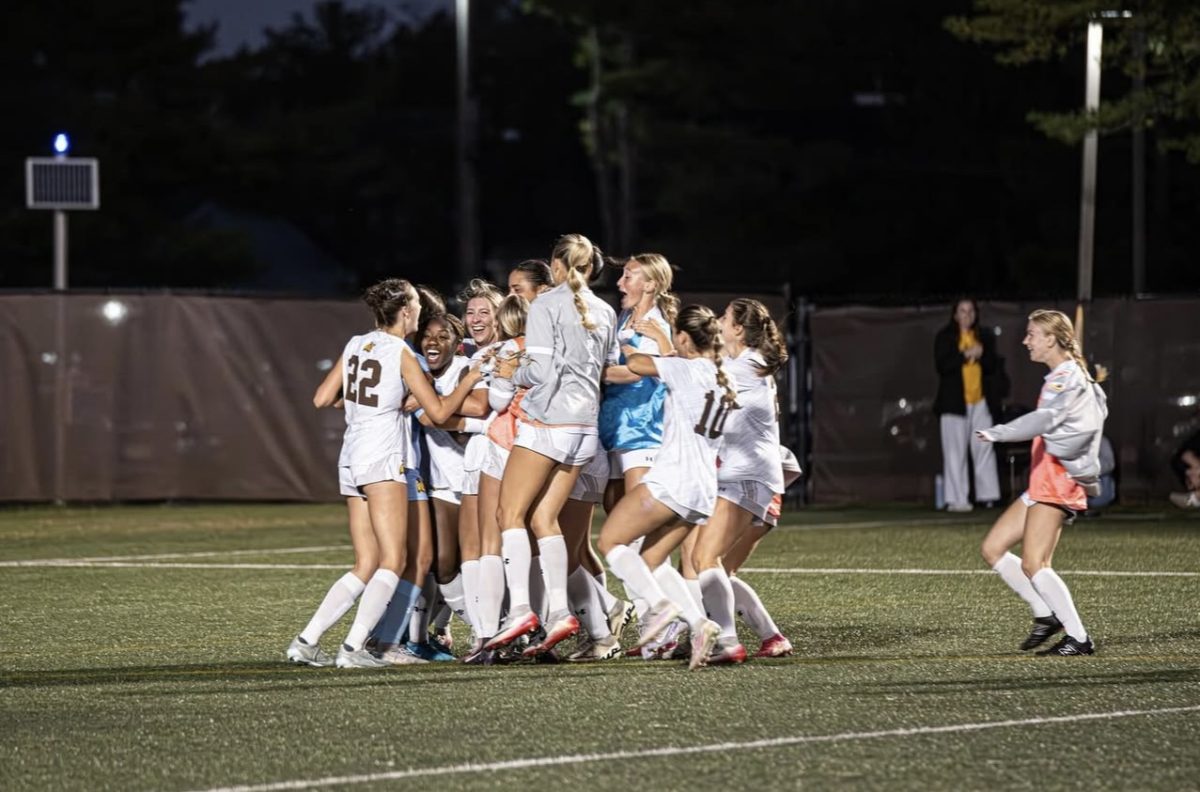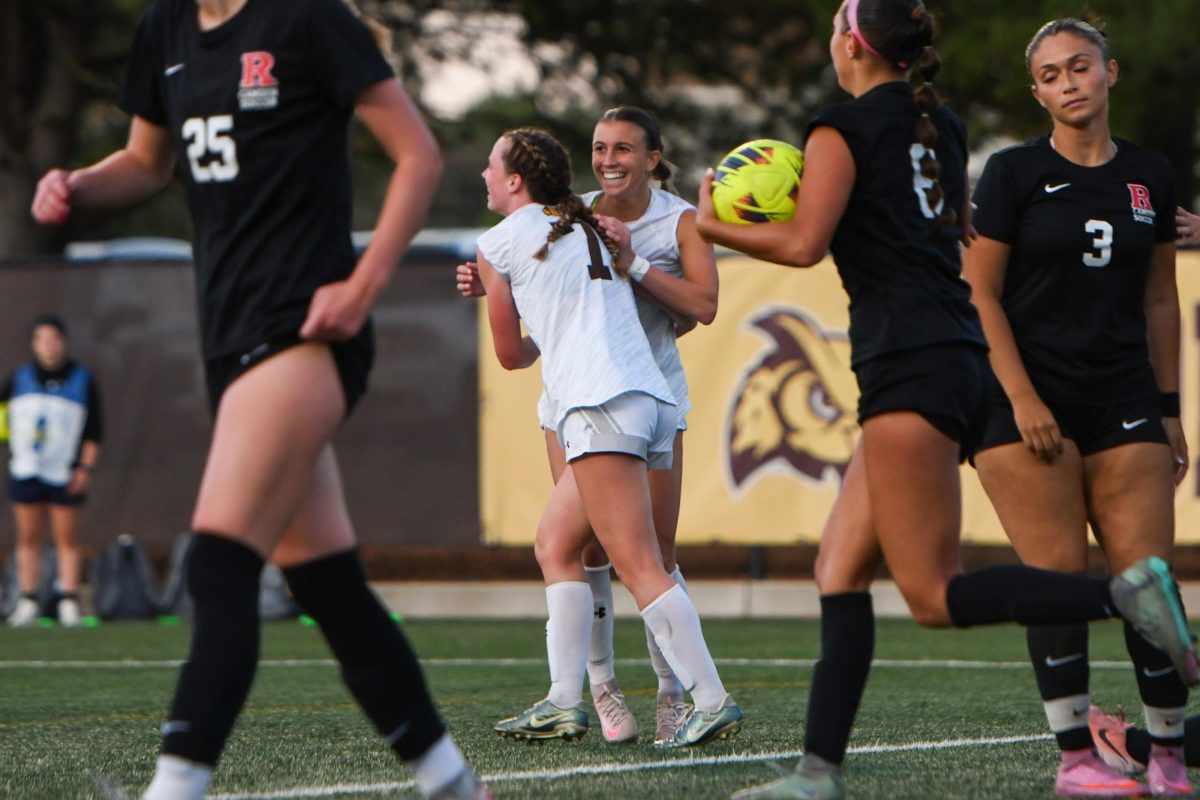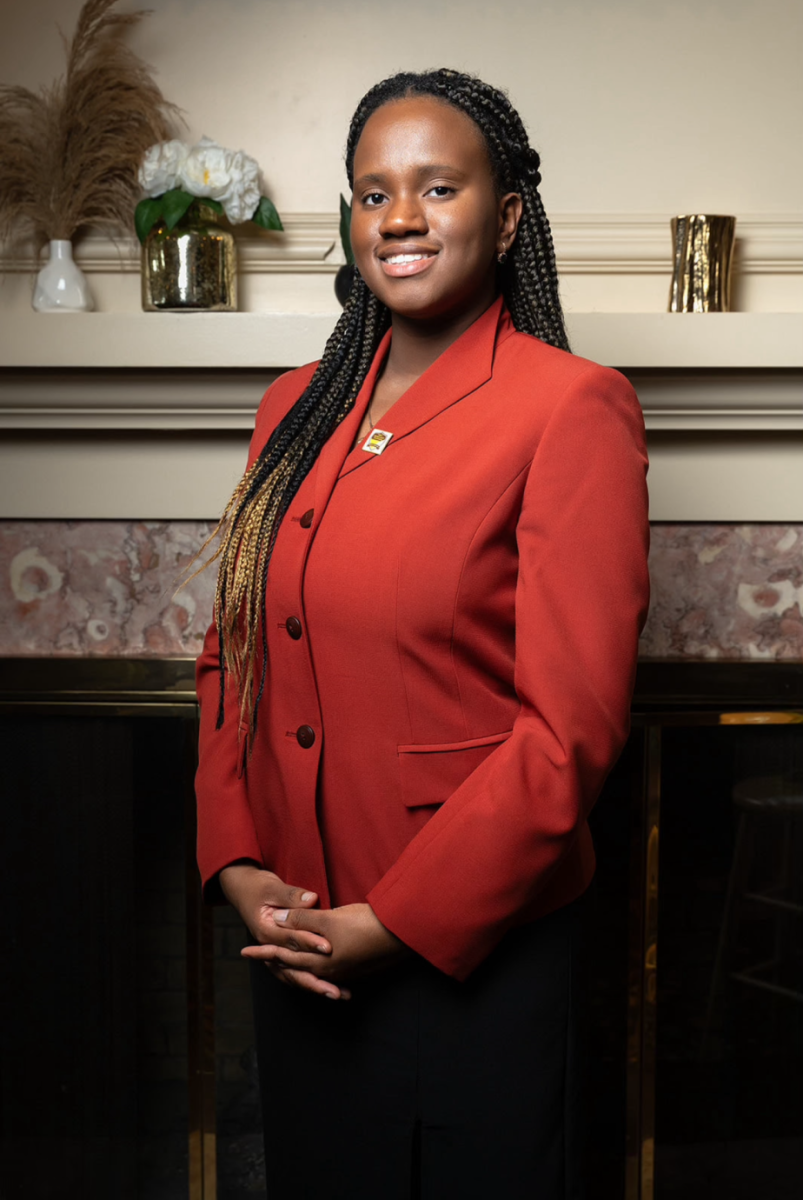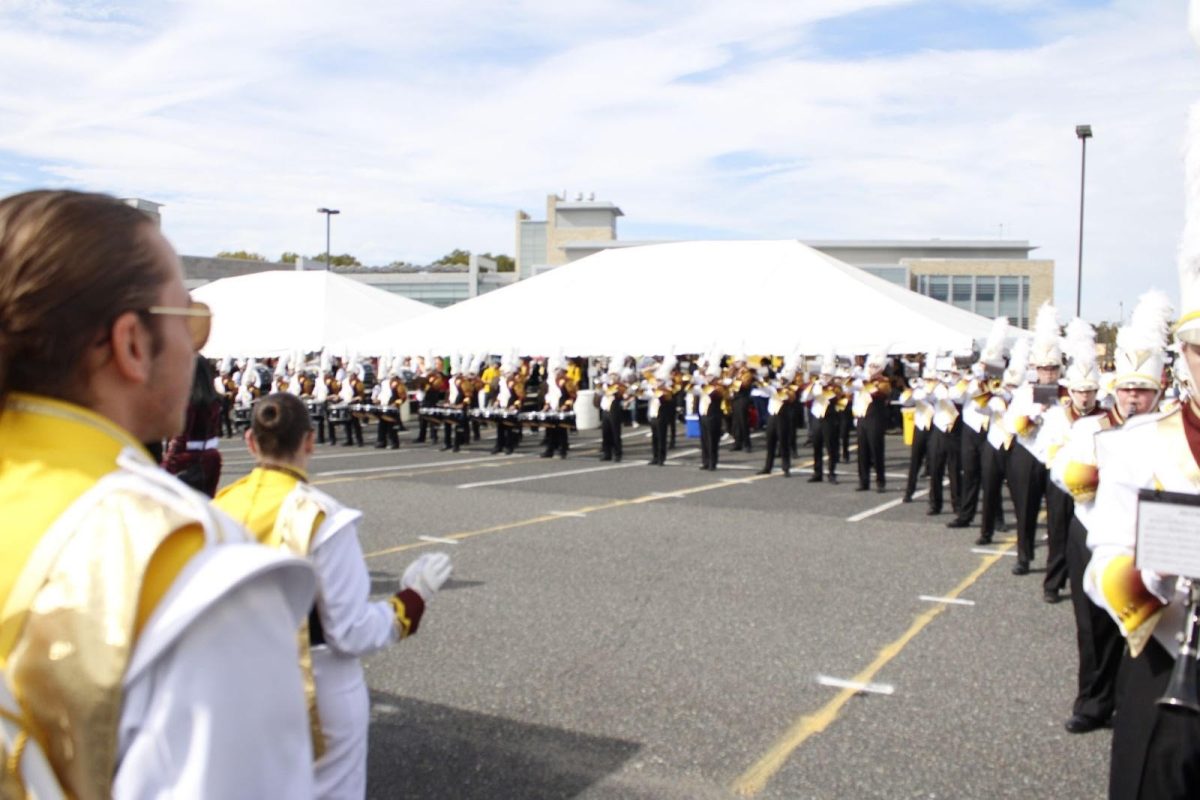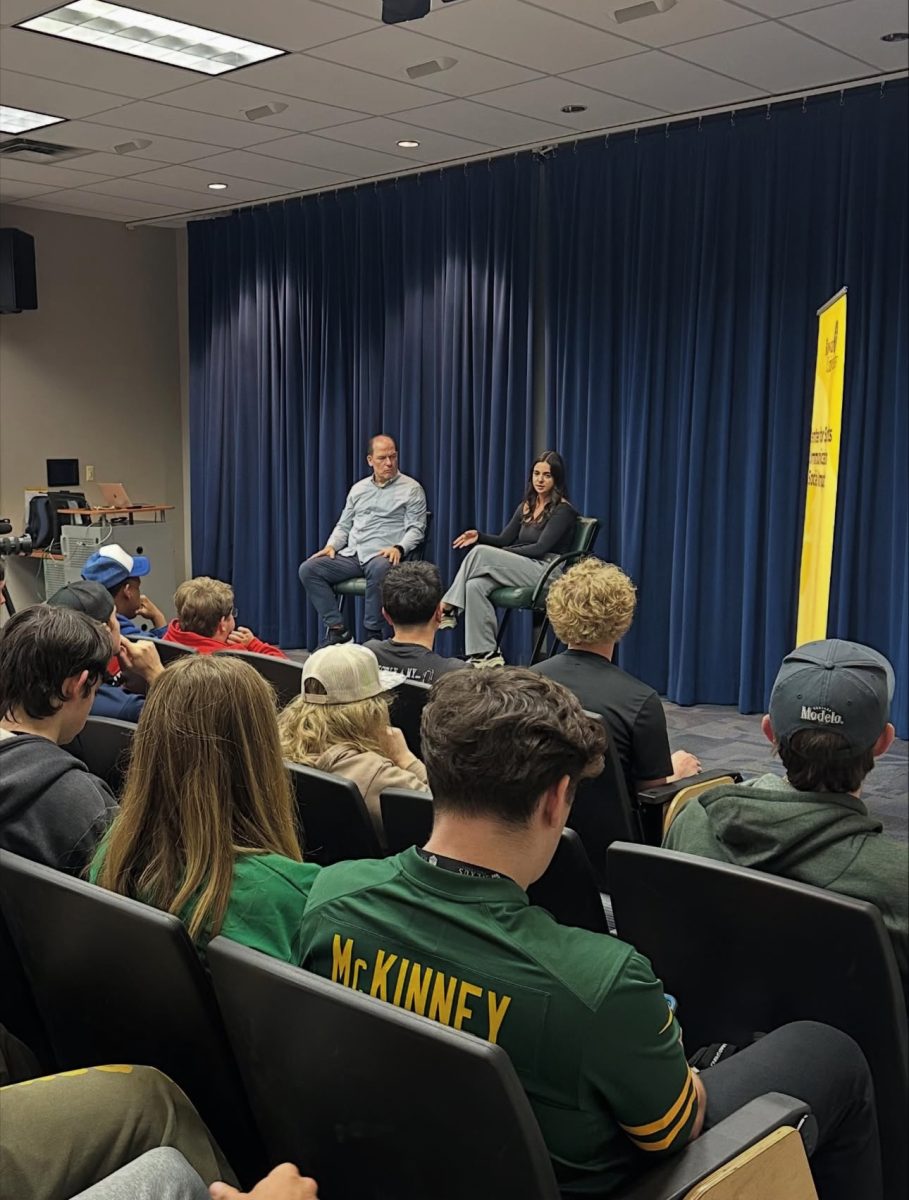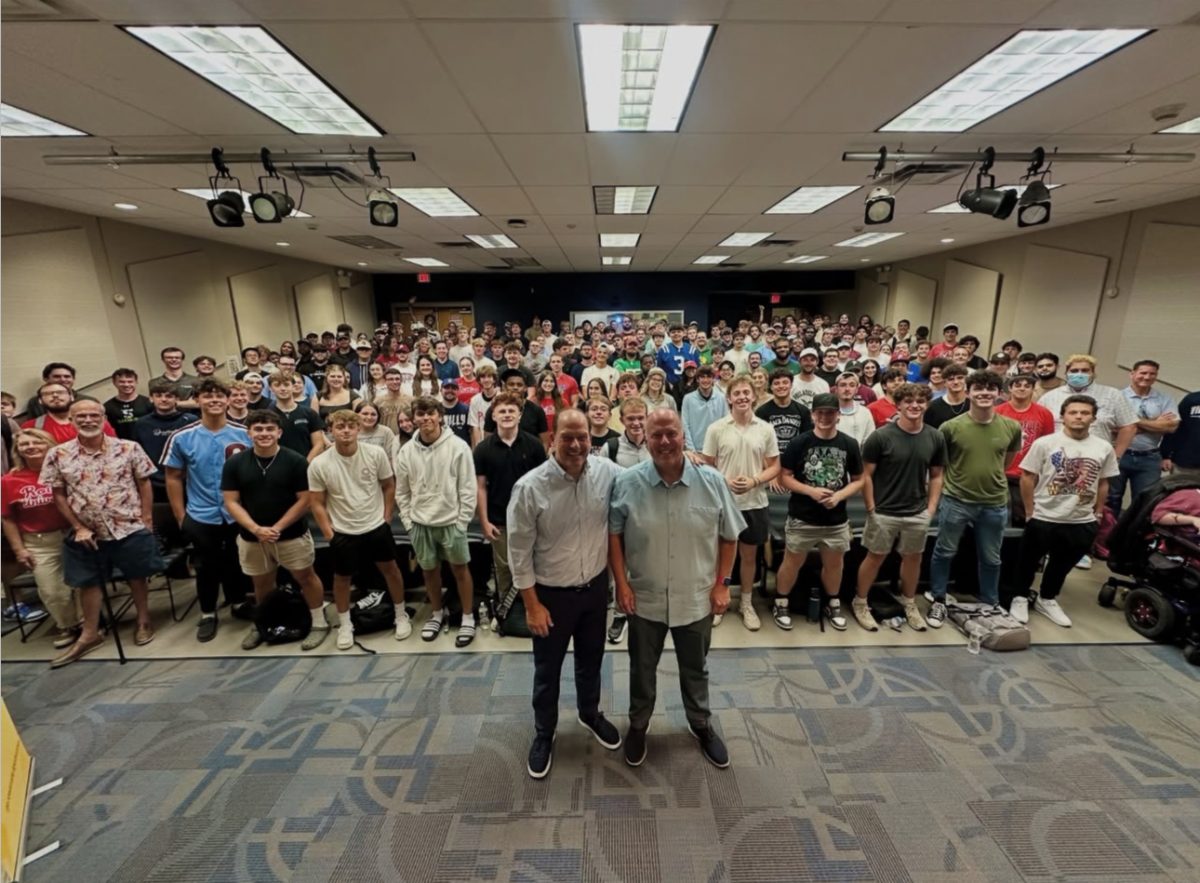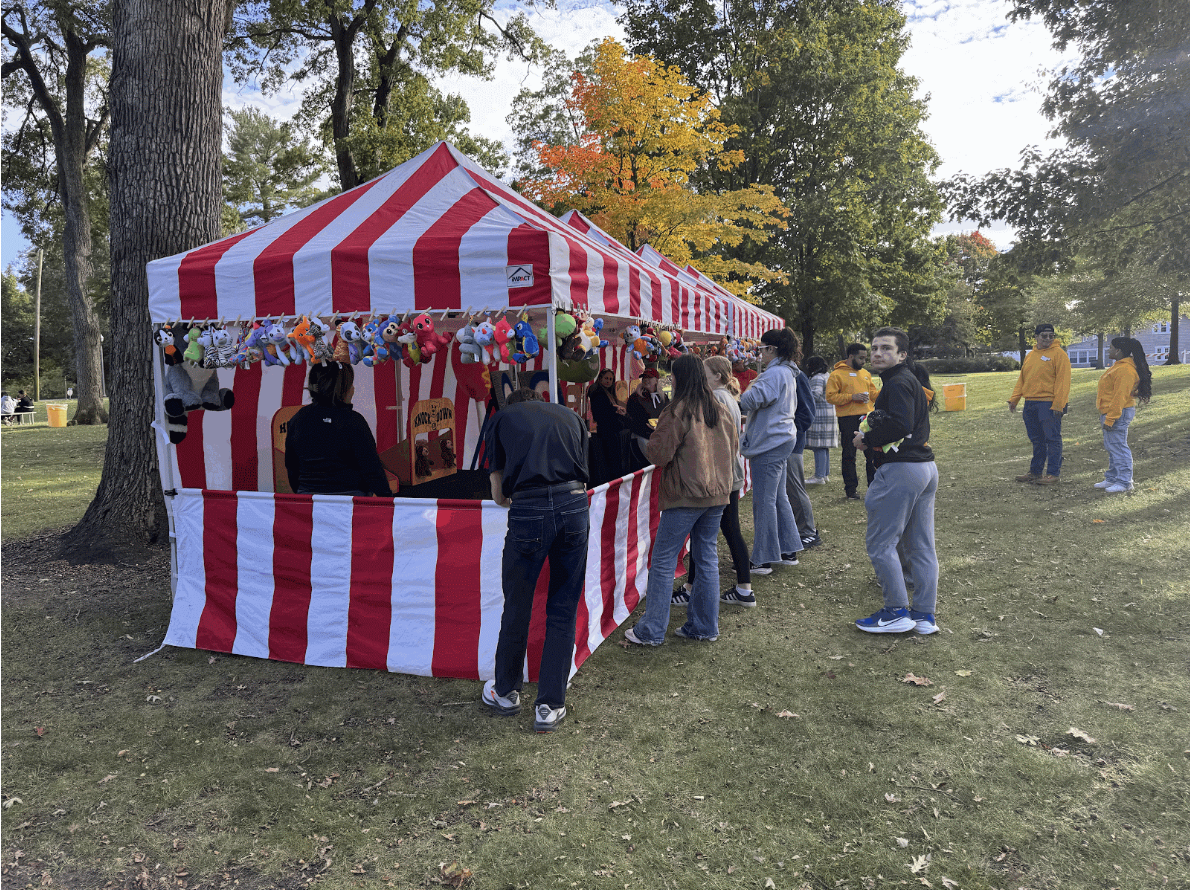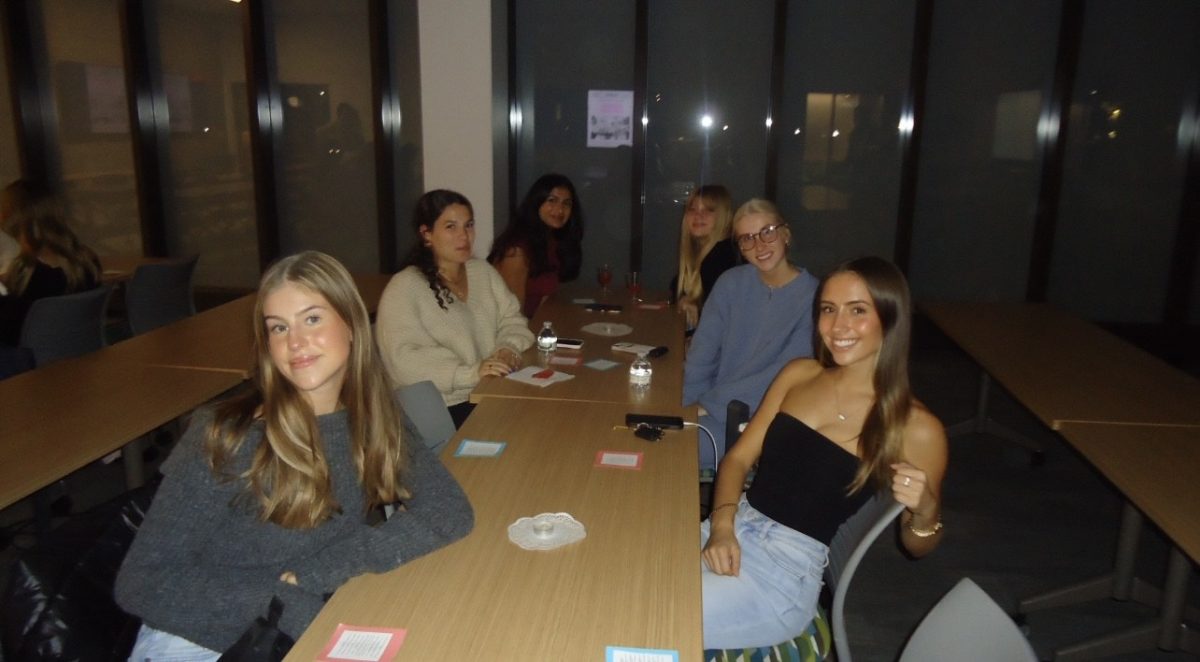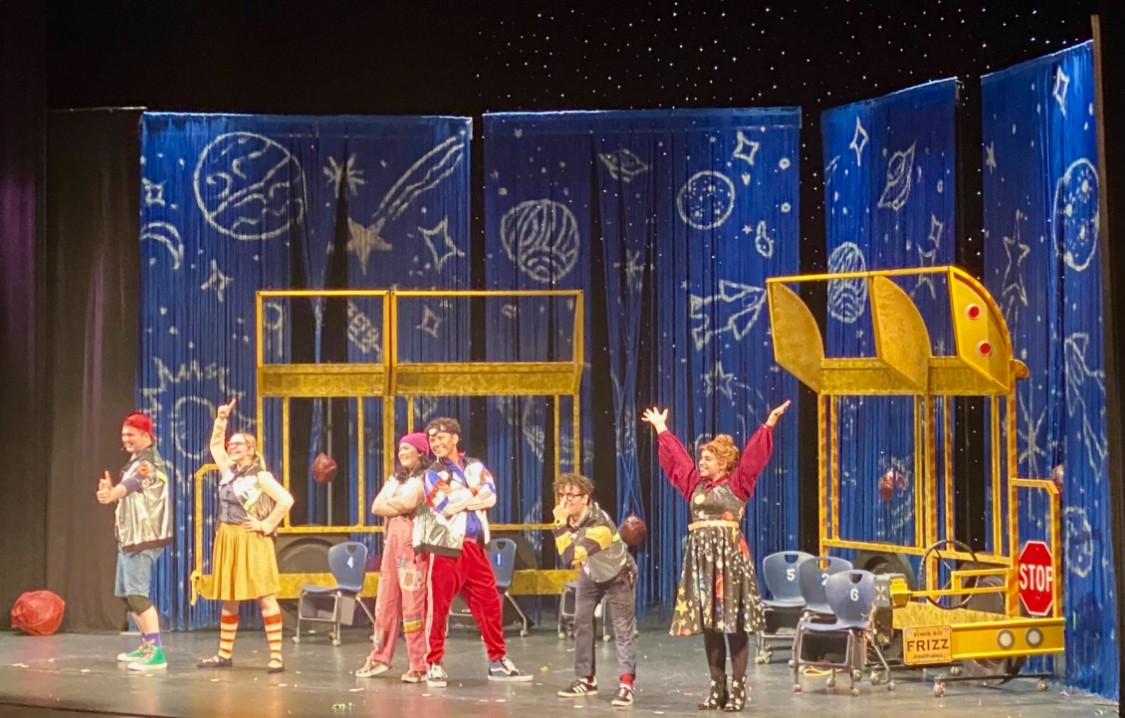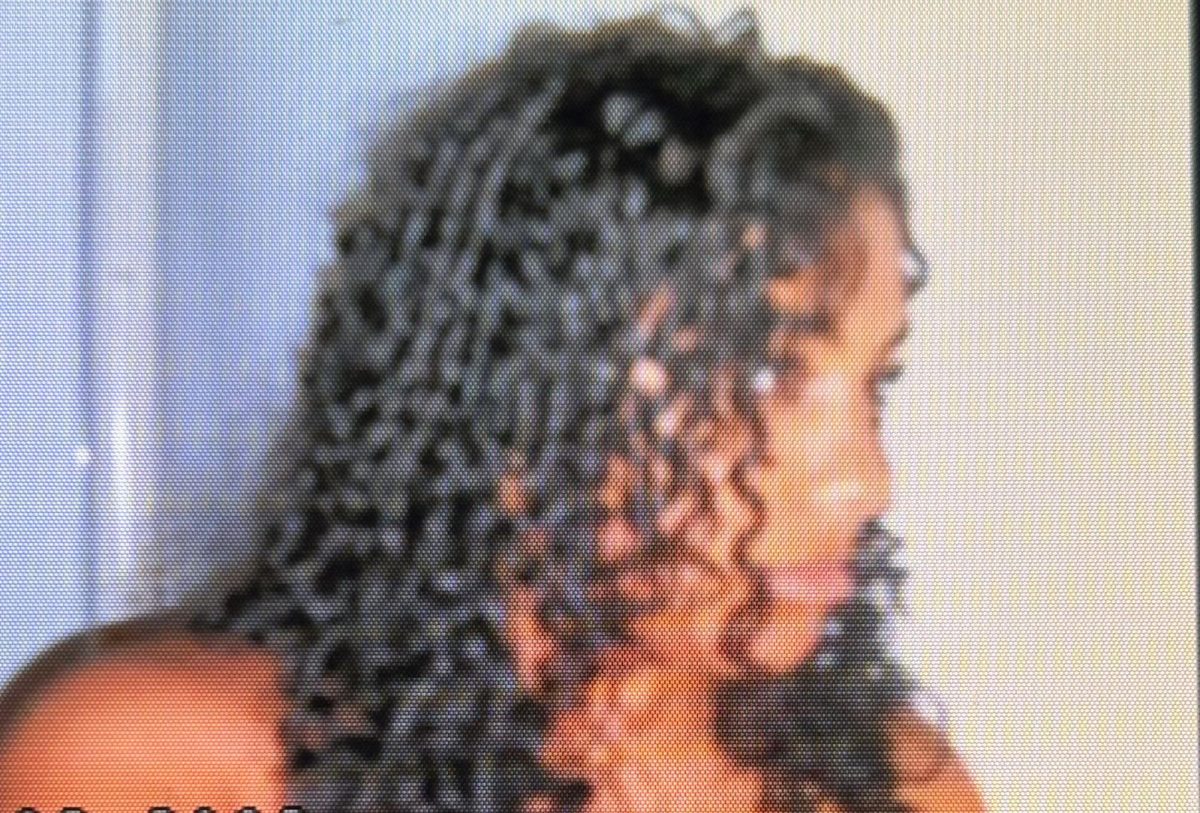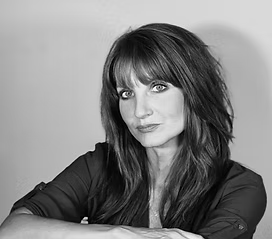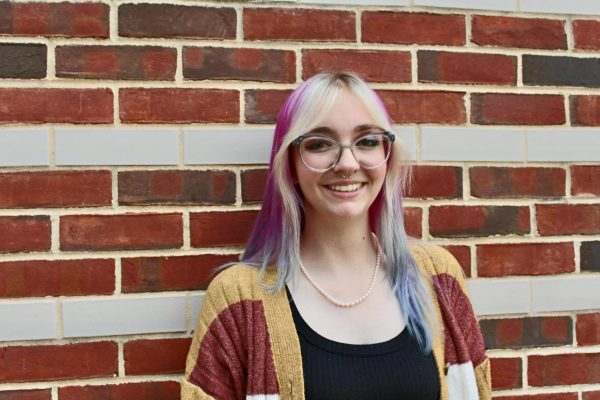Wendel White, an award-winning photographer native to the region, currently has his work on display at the Rowan Art Gallery in an exhibit titled “Folding Time.” As part of this exhibition, on Oct. 5, White gave a lecture about the history and process of his work and gave a brief Q&A.
Upon entering the gallery, you’ll see rows of framed photographs varying in style and composition, each focusing on Black history and the legacy of slavery in the United States. Three of White’s portfolios are represented as part of this exhibition: “Schools for the Colored,” “Red Summer: Racial Violence in the American Landscape, 1917-1923,” and “Manifest: Thirteen Colonies.”
White opened his lecture by discussing the beginning of his work in photography, with his foundational series, “Small Towns, Black Lives.” He showed various photos from this collection, played audio and videos of the people he interviewed, and discussed how this project influenced his later work.
The journalistic intent behind much of his photography was clear. White discussed how he visited the National Archives in DC to reveal the history of a cemetery he took photographs in, to come to understand the lives and the circumstances of the 5 Black Civil War veterans buried there.
He followed the history of his work, first covering his series “Schools for the Colored,” a collection of 50 photographs of segregated schoolhouses in the northern states, then Red Summer photos of locations and accompanying news articles on violence committed against Black Americans, and lastly Manifest; a series of photographs taken of artifacts related to Black life throughout history.
At the end of the lecture, Director and Chief Curator of Rowan University’s Art Gallery and Museum Mary Salvante opened the lecture to the discussion.
One audience member asked how his work “helps us remember,” and how he grapples with erasure. This was primarily in reference to an interview he played during the lecture, where two Black women discussed their experience trying to preserve the memory of a segregated schoolhouse, which the local government chose to demolish.
“I have created silhouettes for missing buildings, to hold [their] place in the landscape,” White said. He further described how in “Manifest: Thirteen Colonies,” the photos were about holding physical artifacts up to remember them.
He also explained the initial pushback many communities greeted him with. Now, as his work gains traction, including his Red Summer series being recognized by the President of the United States, he pointed out that places are choosing to protect these historical sites, rather than erase them.
A young man in the audience followed this question up by asking him what have been his barriers or setbacks. White answered that it has been the research component of his work, including traveling to many museums and archives, though the internet has lightened this load.
After the Q&A, fellow artist, Virginia Maksymowicz spoke about the lecture and the importance of having work like Wendel White’s on display.
“They’re dealing with a history that is under-researched,” said Maksymowicz.
She describes how work such as White’s is not “trendy,” but important, and she’s found that Rowan Art Gallery, and college galleries in general, provide a platform for artists of works like this, that break the mold, to be “laboratories, […] where the experiments take place.”
This ability to put his work on display has been at the core of White’s work. He spoke after the Q&A about what brings him to Rowan University.
“It was about a year or so back that Mary reached out to me, [and I] talked about what [work] was available,” said White.
This lecture illuminated the hard work, thought, and time that went into the photographs currently on display at the Rowan Art Gallery. Wendel White’s Folding Time exhibit will be on view through October 26th, shedding light on the history of Black lives in America, and “folding time by bringing the past and the present into a shared space.”
For comments/questions about this story DM us on Instagram @thewhitatrowan or email [email protected]



